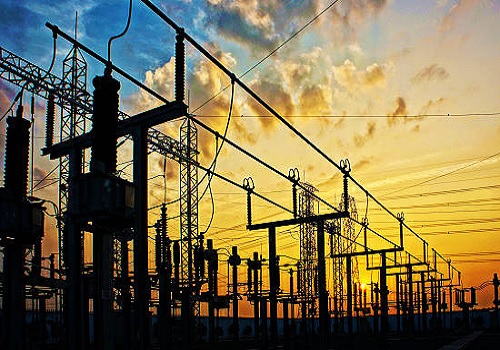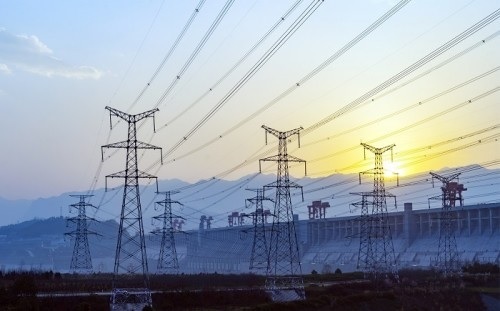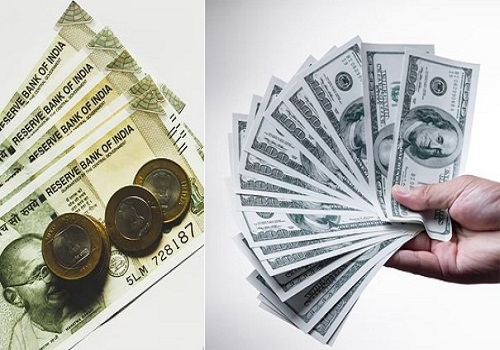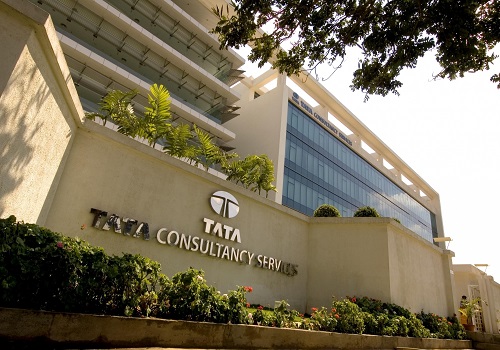Textiles Sector Update: Macro Headwinds To Keep Near-Term Demand Muted For Home Textiles By Motilal Oswal Financial Services
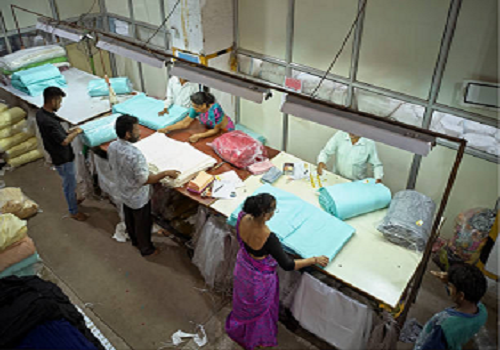
We have analyzed the performance of key Textile players in 1QFY23 and highlighted the key trends in the sector.
* Sluggish demand, destocking, a higher inflationary environment, and supply-chain issues continue to hamper margin.
* Cotton prices touched a record high in 1QFY23, but have cooled significantly since then. Companies expect prices to stabilize with the onset of the new cotton season in Oct’22.
* USDA’s cotton report in Aug’22 has predicted a global production for the upcoming season at 117m bales (down by 3.1m bales from its Jul’22 estimate). It has raised its cotton season 2022-23 average farm price forecast to 97 cents per pound in Aug’22 from 95 cents per pound in Jul’22.
* KPR/VTEX has outperformed among other Textile players, with an EBIDTA growth of 64%/10% YoY.
* The mid to long-term outlook remains intact due to various government initiatives and higher export opportunities with the signing of Free Trade Agreements (FTA) between India and the UK and a few more in the pipeline.
Lower volumes and rising input cost further hamper industry margin
* The Home Textile industry continues to face several headwinds in the form of sluggish demand, destocking, higher inflationary environment, supply-chain issues, and geopolitical concerns resulting in margin pressures.
* Aggregate Textile margin declined by 720bp YoY to ~16% on account of an increase in cotton prices and lower volumes in 1QFY23.
* While there are significant headwinds in the near term, a downward trend in cotton prices, easing of the supply chain, and measures taken by government to tackle inflation suggests a much better 2HFY23 for the industry. Further, companies expect to reduce their inventory backlog in the forthcoming holiday season.
* Managements remain positive on the demand scenario in the mid to long run, given the government’s strong focus on the industry, as reflected by its various initiatives, coupled with export opportunities on account of the FTA signed by India with nations such as Australia and the UAE. An FTA with the UK is expected to be finalized by the end of Dec’22. Discussions on a FTA with the EU began in Jun’22. Such FTAs, along with the government’s steps to boost India’s Textile exports, reflects positively on the long-term outlook for the industry.
Global Textile market dynamics
* As per data from OTEXA, India’s market share in US Cotton Sheets imports fell to 56% in 1QFY23 from 63% in 1QFY22, whereas China/Pakistan gained a market share of ~1%/~5%. In the Terry Towels segment, India’s share has fallen to 39% in 1QFY23 (v/s 45% in 1QFY22), China’s share has remained constant at 20%, while that of Pakistan has improved by 200bp (refer Exhibit 14 and 15).
* Depreciation in the USD:PKR (refer Exhibit 11) helped Pakistan gain market share in the US and Europe as buyers see better pricing for its products. The USD:PKR depreciated by 47% as against a 7% depreciation in the USD:INR from Jul’21 to Jul’22.
* International players are looking for a stable supply source as the economy of other supplier nations seems weak. India will be the prime beneficiary of this, as it is the largest producer of cotton and a few other fibers.
* Cooling down of cotton prices: As per World Bank, the international price of cotton grew 80% YoY to touch a peak of USD3.6/kg in May’22. However, it declined by 20% from its peak to USD2.9/kg in Jul’22. Similarly, Indian wholesale cotton prices doubled on a YoY basis to INR11,359 per quintal in May’22, but fell 43% to INR6,428 per quintal in Aug’22. (refer Exhibit 18 and 19).
* At present, cotton prices remain volatile. However, managements expect it to stabilize after the upcoming cotton season starting from Oct’22.
* As per the USDA report on cotton in Aug’22, global production is lower by 3.1m bales to 117m bales, with the decline attributed to the US. India’s cotton production in the upcoming season is expected to grow by 12% YoY to 27.5m bales. The USDA has increased its cotton season 2022-23 average farm price forecast to 97 cents per pound in Aug’22 from 95 cents per pound in Jul’22.
KPR and VTEX clock EBITDA growth, while others lag
* In 1QFY23, major Home Textile companies (WLSI, ICNT, TRID, and HSS) reported a cumulative revenue decline of 8% each YoY and QoQ in the Textile business. TRID led the pack with a growth of 5% YoY and a decline of 14% QoQ in Textile revenue. ICNT reported a marginal growth (1% YoY), but jumped 27% QoQ.
* Revenue for WLSI/HSS fell 13%/22% YoY and 11%/17% QoQ in 1QFY23.
* Gross margin of TRID/WLSI/HSS contracted by 1460bp/920bp/930bp YoY to 44.9%/41.5%/39.4% in 1QFY23, while margin for INCT grew 300bp YoY to 56.6%. On a sequential basis, gross margin for TRID/HSS contracted by 80bp/740bp, but expanded by 40bp/290bp for WLSI/INCT. The operating margin for TRID/WLSI/ INCT/HSS contracted by1,010bp/1240bp/260bp/1,780bp YoY to 15.2%/7.8%/ 19.7%/ 1.7% in 1QFY23.
* Home Textile players (aggregate) reported an EBITDA margin contraction of 1,050bp YoY and 250bp QoQ to 11.3% in 1QFY23. EBITDA for aggregate Home Textiles players decline by 50% YoY and 24% QoQ.
* Other Textile players (Garment, Yarn, and Fabric) such as KPR (textile division), VTEX, and NSPL reported an aggregate revenue growth of 47% YoY and 2% QoQ in 1QFY23.
* KPR/VTEX/NSPL reported a 63%/46%/28% YoY revenue growth. On a sequential basis, revenue for KPR/VTEX grew 6%/4%, while the same for NSPL fell 8%.
* Gross margin for KPR/VTEX/NSPL contacted by 650bp/850bp/1,400bp YoY and 40bp/210bp/650bp QoQ to 40.5%/46.3%/34.3%. The operating margin for KPR/ VTEX/NSPL contracted by 160bp/620bp/790bp YoY to 23.2%/18.7%/15.4%.
* Other Textile players (Garments, Yarn, and Fabric) reported an EBITDA margin decline of 500bp YoY and 70bp QoQ to 19.6%.
Key takeaways from the management interaction
* WLSI witnessed a slowdown in orders as discretionary spends reduced (due to higher prices) globally, and primarily in the US, which is a major market. Raw material prices are coming off their highs, but companies are not stocking up on inventories as raw material prices still remain volatile.
* The company is increasing its capacity across segments: Towels to 90,000MT by 2QFY23 from 85,400MT in FY22, and Rugs and Carpets to 18m sq. ft. by 1QFY24 from 12m sq. ft. in FY22.
* It expects to incur a capex of INR1.2b by the end of FY23. Of this, it has already spent INR850m in 1QFY23.
* ICNT: Challenging conditions such as the inflationary environment in the US, sluggish customer offtake, and a rise in overall input prices impacted its performance in 1QFY23. However, the management expects a normalized 2HFY23 on account of a downward trend in cotton prices, resolution of supply chain issues, and favorable government measures.
* INCT’s focus on value-added products and customer services will provide a strategic advantage to sustain future growth. The management aims to double its revenue over the next three-to-five years and maintain healthy margin.
* It will incur a capex of INR2.7b on installing 70,000 spindles in FY23 (INR1.75b by way of debt and the rest via internal accruals). The first phase of capex, consisting of 25,000 spindles, is on track and is expected to be operationalized by 3QFY23.
* HSS: Utilization rate in the Towels/Sheet/Spinning division stood at 54%/55%/ 78% in 1QFY23, down from 74%/79%/101% in 4QFY22. 1QFY23 performance was adversely impacted by higher RM prices and destocking of inventory. As markets are currently volatile, it has put on hold further capacity additions, via debottlenecking. However, the management sees progressive improvement in demand from 3QFY23.
* Destocking at some retailers have been completed, which is a positive sign. Signing of the FTA with the UK will be another positive development as the management expects the UK to change its sourcing activities. It expects a tame inflation due to a better new crop season, which starts from Oct’22.
* VTEX has put all upcoming capex plans on hold as the current cost of machinery is very high due to disruption in its availability. However, its ongoing expansion plan will be completed on time.
* The management is confident of its long-term growth story on acceleration in FTA signings, China+1 policy, and the government’s focus on mega Textile parks. The company’s current product composition of 70% cotton and 30% synthetic has a favorable outlook in the upcoming environment.
* KPR has completed its expansion project for its Garments and Sugar division. Capex incurred overshot by INR1b on account of the modernization of its plants. The management is trying to ramp up capacities at new facilities over the next six months and is expecting 15-20% growth in the production of garments on account of the additional capacity.
* For FY23, the management expects a capex of INR1.5b for modernization of its existing mills.
* Management expects good traction from Australia after the signing of the FTA. Australia accounts for ~15% of its consolidated revenue.
* NSPL’s capex plan of INR9.6b is on track (INR7b/INR2.6b for the Spinning/Knitting business). The majority of the capex (~INR6.6b) is being funded through long-term debt and the rest via internal accruals. The management expects new capacity to be commissioned in phases. Knitting and Weaving and value-added capacities are expected to be operationalized in FY23, while Spinning capacity will be added in 1HFY24.
Valuation and view
* We expect demand in the Home Textile segment to stay muted in the near term due to multiple headwinds. However, it is expected to improve progressively from 2HFY23 due to stabilization of cotton prices and normalization of demand.
* We expect gross margin pressures to sustain till the onset of the new cotton season. The long-term outlook for the Home Textile business remains positive, despite the persistence of short-term risk to margin.
* The outlook for the Textile industry remain positive, with a favorable demand scenario in the mid- to long-run due to various government initiatives, coupled with the signing of FTAs with key countries.
To Read Complete Report & Disclaimer Click Here
For More Motilal Oswal Securities Ltd Disclaimer http://www.motilaloswal.com/MOSLdisclaimer/disclaimer.html SEBI Registration number is INH000000412
Above views are of the author and not of the website kindly read disclaimer
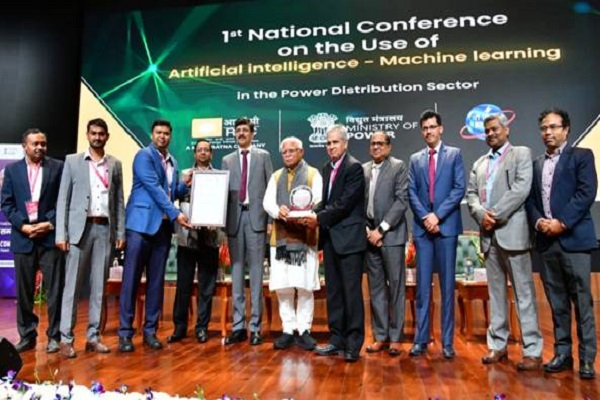
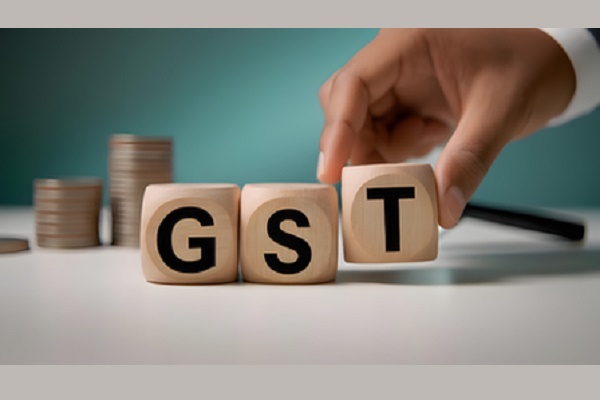




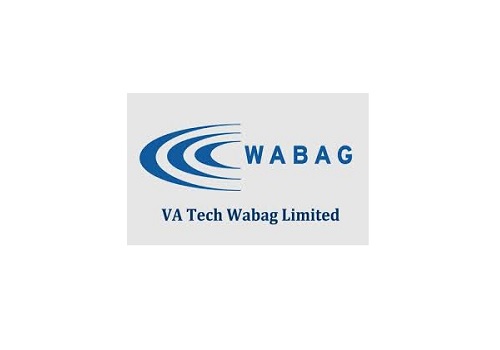
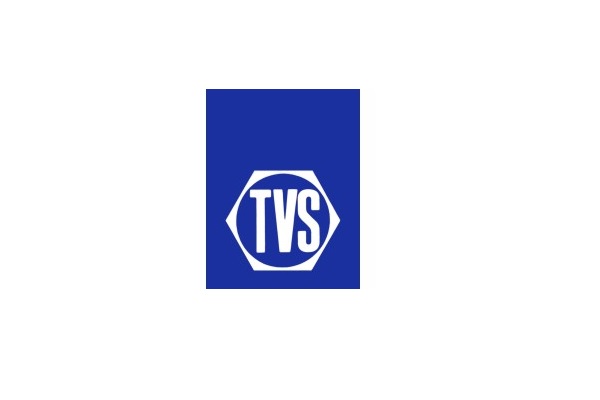
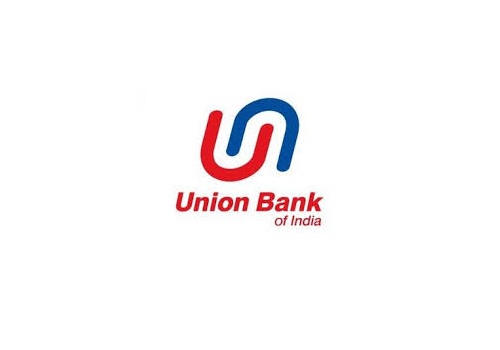

Tag News
More News

Auto Sector Update : Jun-25 Volumes: Soft month overall, ex EIM, TVSL, exports By Emkay Glob...
